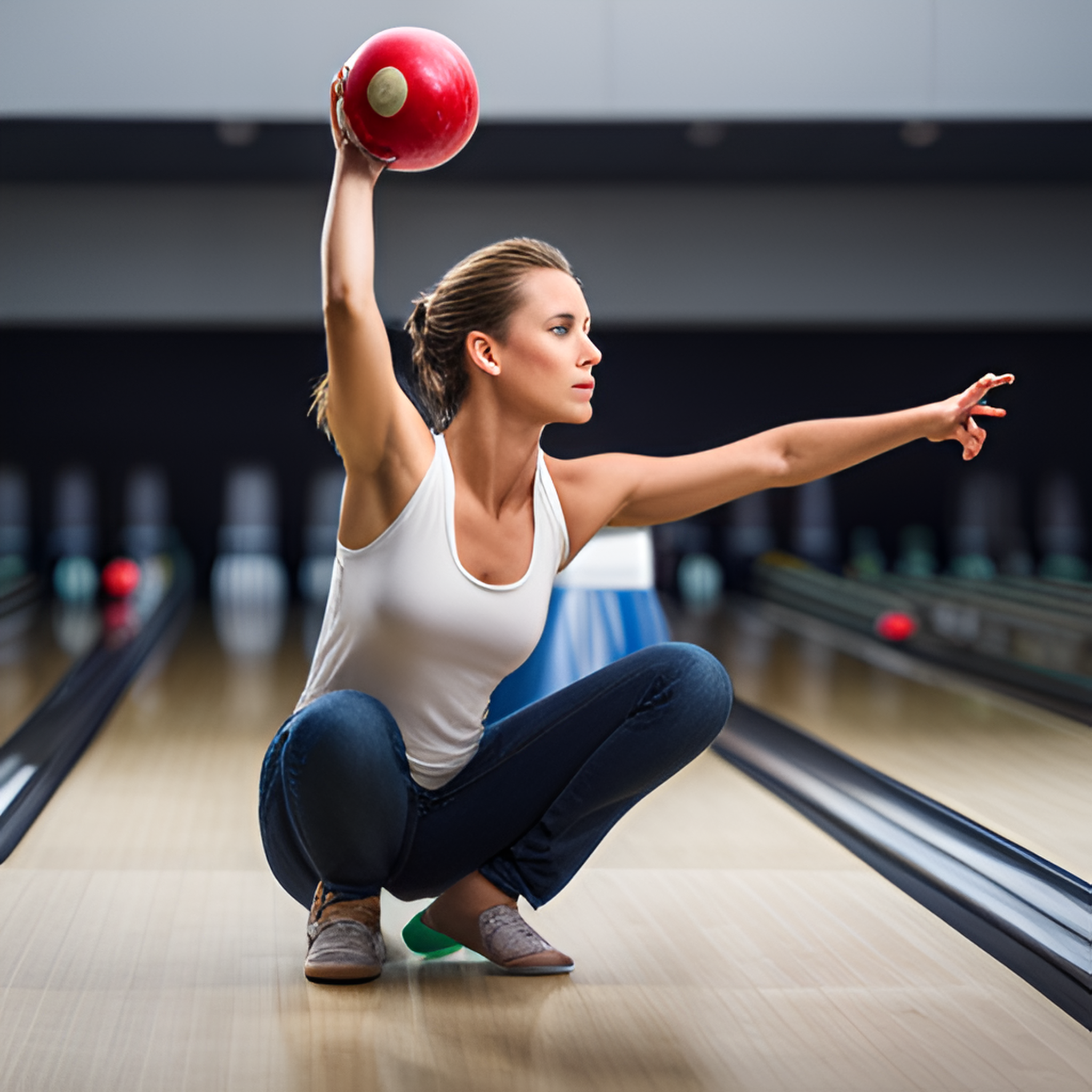When it comes to bowling, many players struggle with their arms spreading apart during their swing. This, as we’ve heard from countless bowlers, is a common issue that often goes unresolved. Even those who make an effort to keep their arms close often face another challenge – bumping into their hip bone. For bowlers facing such situations, mastering the art of keeping your arm close to your body during the swing is crucial.
Arm Positioning: The Key to Power Transmission
We’ve previously touched upon the fact that when your arms spread apart, the power doesn’t transfer efficiently. By keeping your arm close to your body, you can enhance power transmission, leading to an increase in the ball’s speed. So, how can you establish a reference point for practice?
The practice method is straightforward. Extend your left arm in front of you, lift your right arm as if to swing, and imagine clapping your hands. Apply this movement to your swing (for left-handed bowlers, do the opposite). Try swinging with your left hand in front, and you’ll be able to create a proper swing posture.
An early turn often results in your elbow separating from your body. Delaying your turn, and first focusing on keeping your swing close to your body, is the correct sequence. A proper swing is necessary to transmit power efficiently to the ball.
Even when you’re not bowling, try to practice this swing for 1-2 weeks. It will also prove helpful when you actually bowl. This method is beneficial for those whose elbows turn early. During the swing, keep your arm as close to your body as possible to reduce your personal number.
Increasing Hang Time for Effective Power Transfer
Many bowlers desire to increase their “hang time” to transmit power more effortlessly. If you try to resist the peak of your backswing with force, it only adds strain. Relying on strength breaks the pendulum swing, leading to inconsistency. So, how can you increase your hang time? You should stop at the peak of your backswing, but you shouldn’t resist with force. Doing so could result in an elbow injury.
The solution lies in lowering your body during the backswing. By bending your knees during the backswing, you can buy some hang time. While your arm tries to rise behind you, your torso lowers. This results in a longer hang time and less required strength.
Based on a four-step approach, your backswing should already have stopped when your right foot lands on the third step. At this point, you should lower your body. Try to think about bending your knees when you step. Bending your knees not only increases hang time but also enhances the energy of your kick. “Kick” refers to the foot just before sliding. Think of this as when your body is at its lowest. Doing so will give you more hang time and a powerful kick energy to look forward to.
